Satun is a peaceful province in southern Thailand, located near the Malaysian border and famous for its natural beauty. Situated on the coast of the Andaman Sea, Satun attracts nature lovers with its deep blue sea, white sandy islands, coral reefs, and tranquil atmosphere. The region, with its stunning islands such as Tarutao National Marine Park and the famous Ko Lipe, is one of the favorite destinations for both Thais and foreign travelers.
In addition, Satun stands out with its rich cultural fabric and traditional way of life. In the region, where the Muslim population is predominant, Thai and Malay cultures are intertwined. Historical structures, caves, waterfalls, national parks, and mangrove forests greatly enrich the list of places to visit in Satun. For travelers looking for a calm and undiscovered route, Satun is one of the most authentic and impressive spots in Thailand.
1. Tarutao National Marine Park
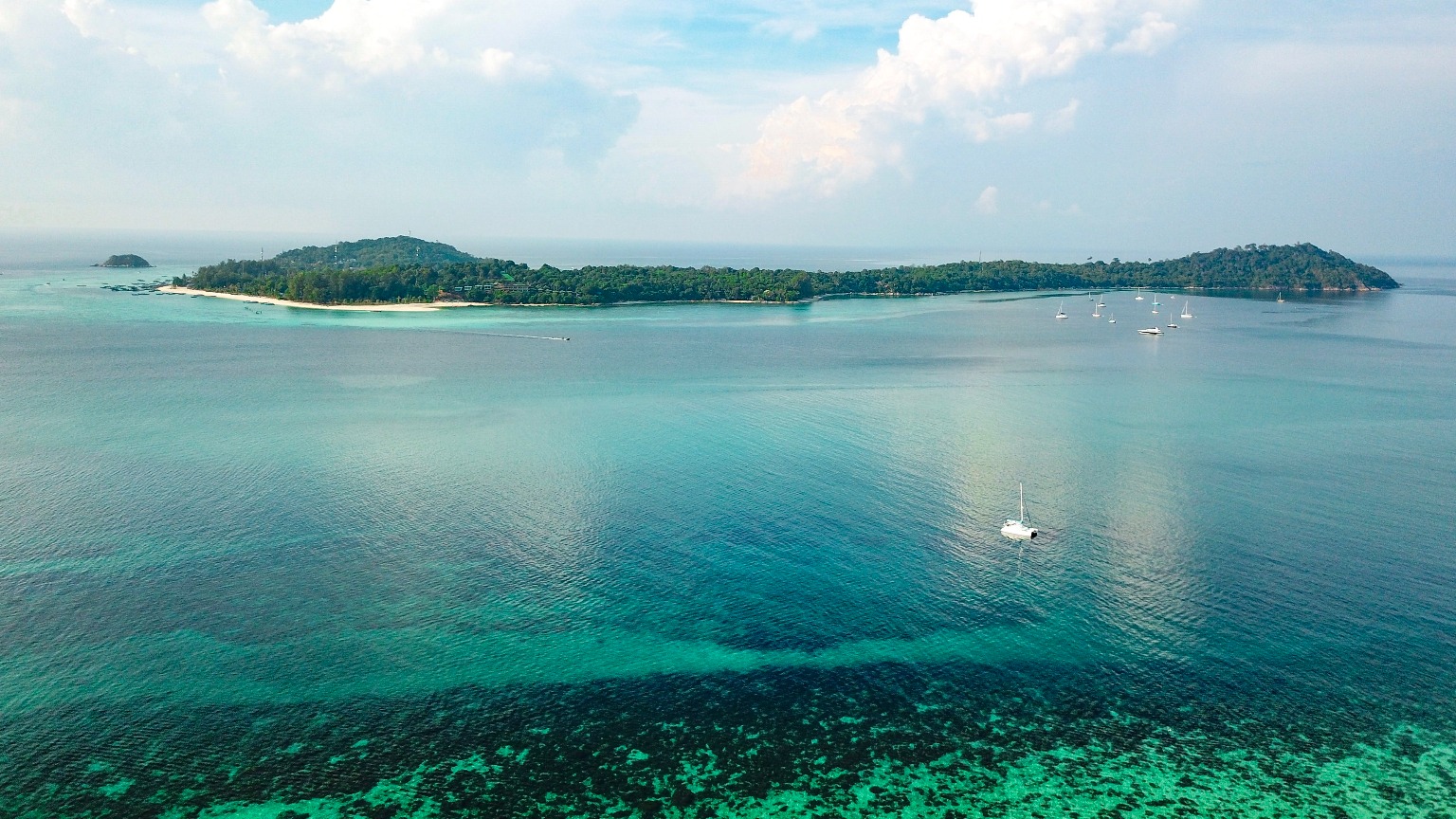
Tarutao National Marine Park is one of Satun’s most famous natural treasures and was declared one of Thailand’s first marine national parks in 1974. Covering an area of approximately 1,500 square kilometers, the park consists of 51 islands, the largest of which is Ko Tarutao. With its clear sea, unspoiled coral reefs, long stretches of coastline, and rich wildlife, Tarutao is of great importance for protecting both marine and terrestrial ecosystems. Here, sea turtles, wild boars, monkeys, and many bird species can be observed.
The park offers nature lovers many activities such as trekking, camping, canoeing, diving, and snorkeling. In addition, the caves, mangrove forests, and magnificent beaches around the islands revive the spirit of exploration. Transportation to more developed islands such as Ko Lipe and Ko Adang is usually from Pak Bara Pier, and even this journey is a fascinating experience on its own. With its natural beauty, Tarutao National Marine Park is one of Thailand’s preserved paradises and is among the must-see places.
2. Ko Lipe Island
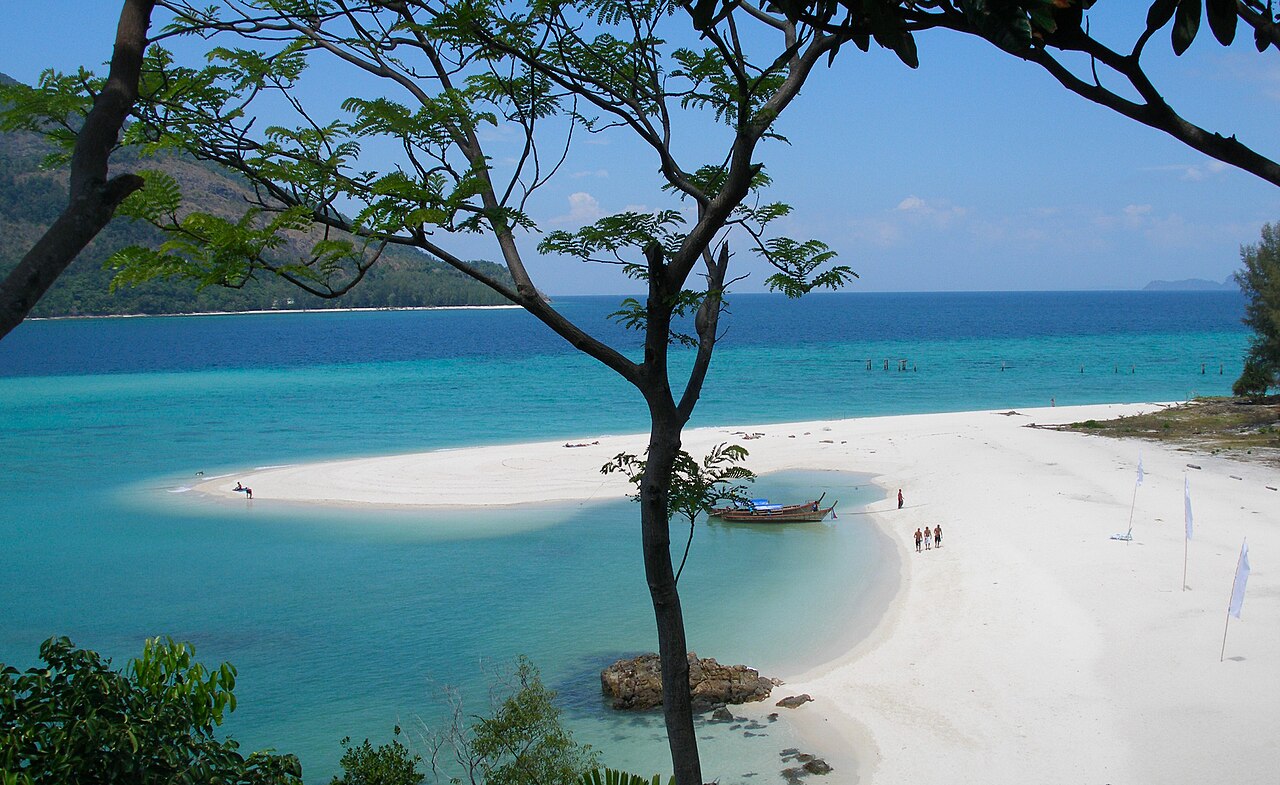
Ko Lipe is a small yet impressive jewel of the Adang–Rawi Archipelago belonging to Satun. With a surface area of only 2 km², this island is located within the Adang Archipelago and is very close to the Malay border. The island, once inhabited by the ancestors of the “sea gypsies” known as the Urak Lawoi’, has long sustained itself through fishing and cultural diversity. With the opening of Ko Lipe to tourism, its white sandy, turquoise-colored beaches and underwater richness have attracted great interest among tourists. There are three main beaches on the island: Sunrise Beach, Sunset Beach, and Pattaya Beach near the main pier. The island is also referred to as the “Maldives of Thailand,” as it resembles a tropical paradise with its water sports opportunities and deep blue waters.
Ko Lipe offers its visitors a wide range of activities and is especially famous for its snorkeling and diving opportunities. Thanks to its coral reefs, up to 25% of tropical fish species live in the waters surrounding the island, making it ideal for snorkeling. In addition, enjoyable activities such as daily boat tours to the surrounding islands (Ko Adang, Ko Rawi), watching the sunrise at Sunrise Beach, watching the sunset at Sunset Beach, and exploring the restaurants and bars on Walking Street can be done. The island is car-free — it is possible to walk everywhere — which is a great advantage for those seeking a peaceful and sustainable holiday.
Ko Lipe, with its natural beauty and peaceful atmosphere, is one of the most attractive destinations in the Satun region.
3. Ko Tarutao Island
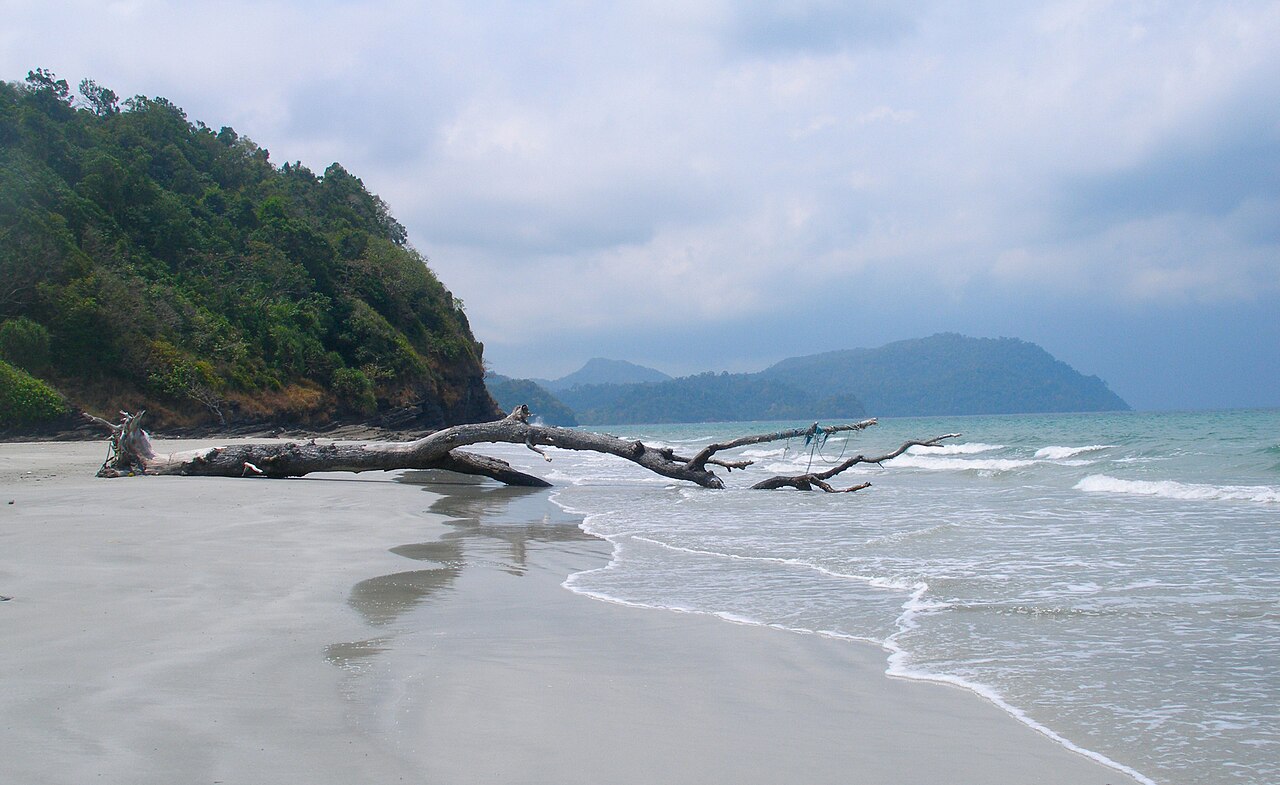
Ko Tarutao is the largest island of Tarutao National Marine Park and its namesake center. This island, approximately 26 km long and 11 km wide, offers one of Thailand’s most untouched natural environments. Dense tropical forests, mountains surrounded by steep slopes, and wide white sandy beaches where sea turtles occasionally nest (such as the coastal areas of Ao Son) make the island unique. Peaks rising to about 700 meters, limestone cliffs, and mangrove forests provide unique views for both nature lovers and photography enthusiasts.
Ko Tarutao’s history is also quite impressive: between 1938 and 1948, Thai criminals and political prisoners were exiled here, and an “Alcatraz”-like prison camp was established on the island, whose traces are still visible in the island’s nature today. This historical heritage is now presented to visitors through remnants of old cells and prison ruins along hiking trails. Since the island only permits limited facility construction on land, tourism infrastructure has been deliberately kept minimalist — bungalows, camping areas, and only 18–24 hours of electricity create a true wilderness retreat atmosphere. This makes Ko Tarutao a truly unique route for those who want to be alone with nature away from the crowds.
4. Ko Adang Island
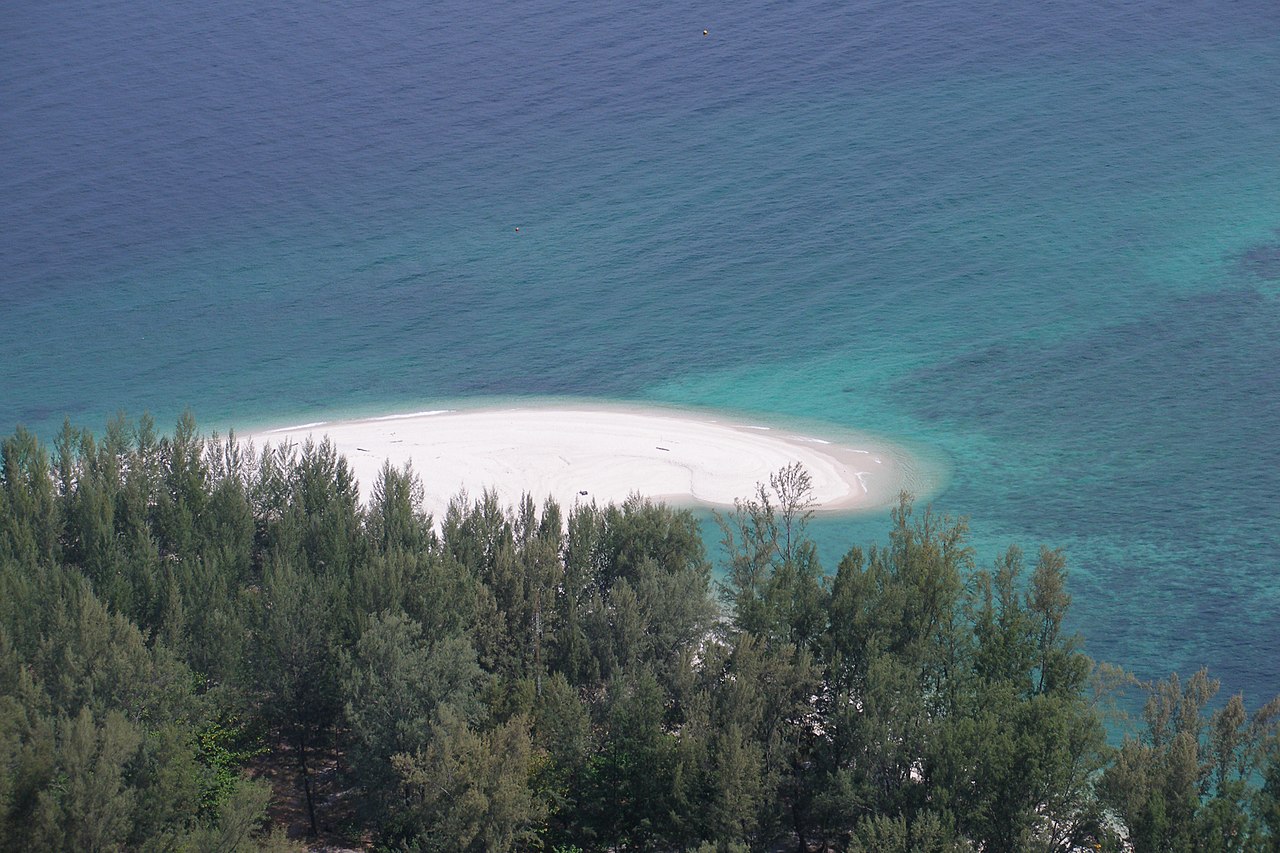
Ko Adang is an undeveloped and wild paradise island located within the Adang–Rawi Archipelago of Tarutao National Marine Park. This island, approximately 6 km long and 5 km wide, is Thailand’s second largest island and is covered with rugged mountains reaching up to about 690 meters, as well as dense tropical rainforests. The coastline is surrounded by several pristine beaches and rich coral reefs, offering ideal conditions for snorkeling and diving. In addition to the visitor center and park buildings, there are campsites and bungalows available for island residents and day-trippers.
For nature lovers, Ko Adang is an area of exploration that offers trekking routes, unspoiled beaches, and magnificent panoramas. You can hike the trails within the island up to the hills and especially enjoy the views of Ko Lipe and the Andaman Sea from the higher points — the hiking routes take about 50 minutes. In addition, tours with canoes and long-tail boats around the island allow visits to natural caves and exploration of terrestrial and marine ecosystems. Thanks to its proximity to Ko Lipe (about 10 minutes by boat), Ko Adang is a perfect stop both for a day trip in nature and for a few nights of camping or enjoying a bungalow stay.
5. Ko Rawi Island
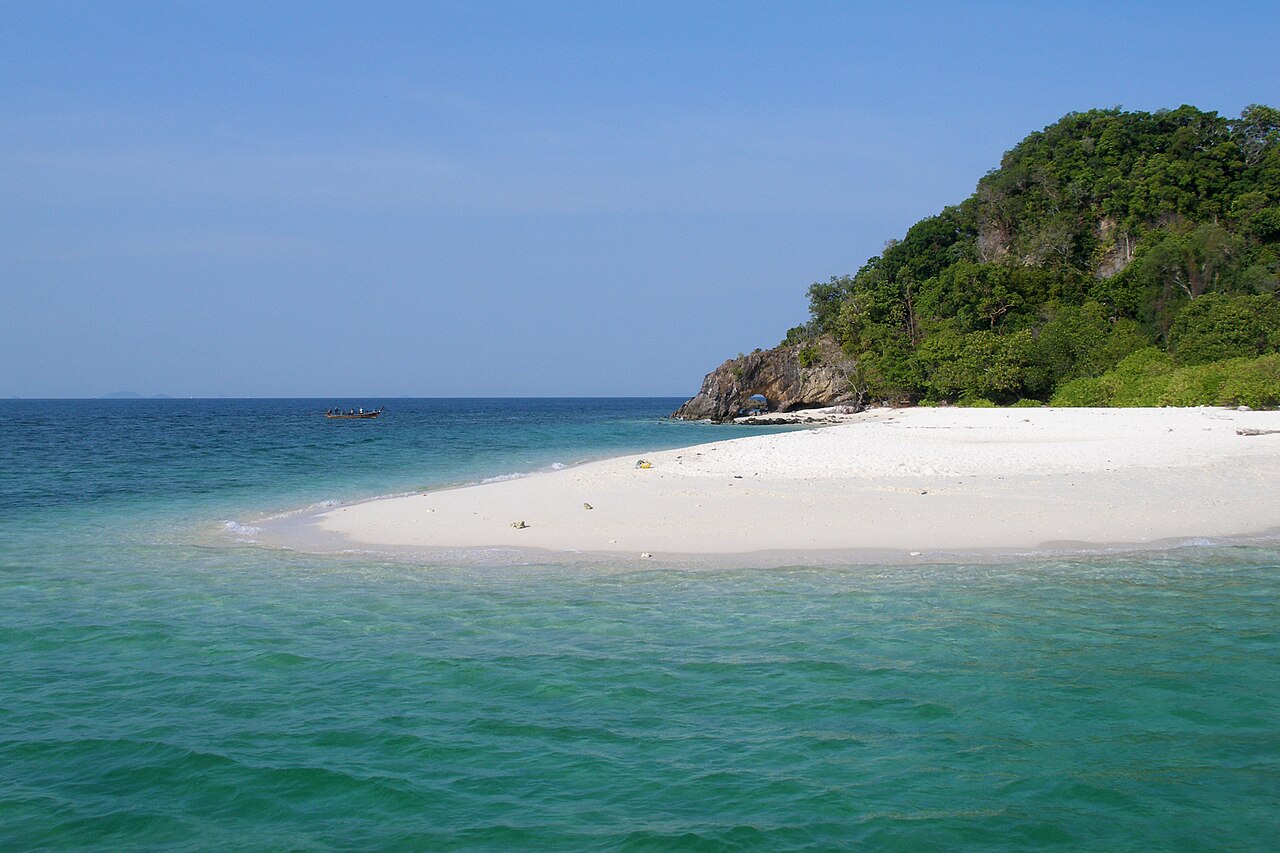
Ko Rawi Island, as part of the Adang–Rawi Archipelago of Tarutao National Marine Park, is a peaceful paradise where tropical wilderness and calm beaches meet. With a surface area of approximately 29 km², the island is slightly smaller than Ko Adang and stands out with its dense rainforests and rugged interior. The white sandy beaches along its coastline and its crystal-clear sea make the island suitable for day trips and offer a unique regional tranquility.
An ideal alternative for nature enthusiasts, Ko Rawi provides limited park infrastructure and is a more unspoiled route compared to other islands in terms of tourism. Trekking, snorkeling, canoe tours, and exploration trips that can only be made with long-tail boats are among the prominent activities during a Ko Rawi visit. The wildlife here includes monkeys, tropical birds, and sea turtles, making it a perfect stop for those planning a quieter holiday.
Ko Rawi offers an important alternative among the stops in the Satun region for those seeking peace in the embrace of nature, away from the crowds.
6. Pak Bara Pier
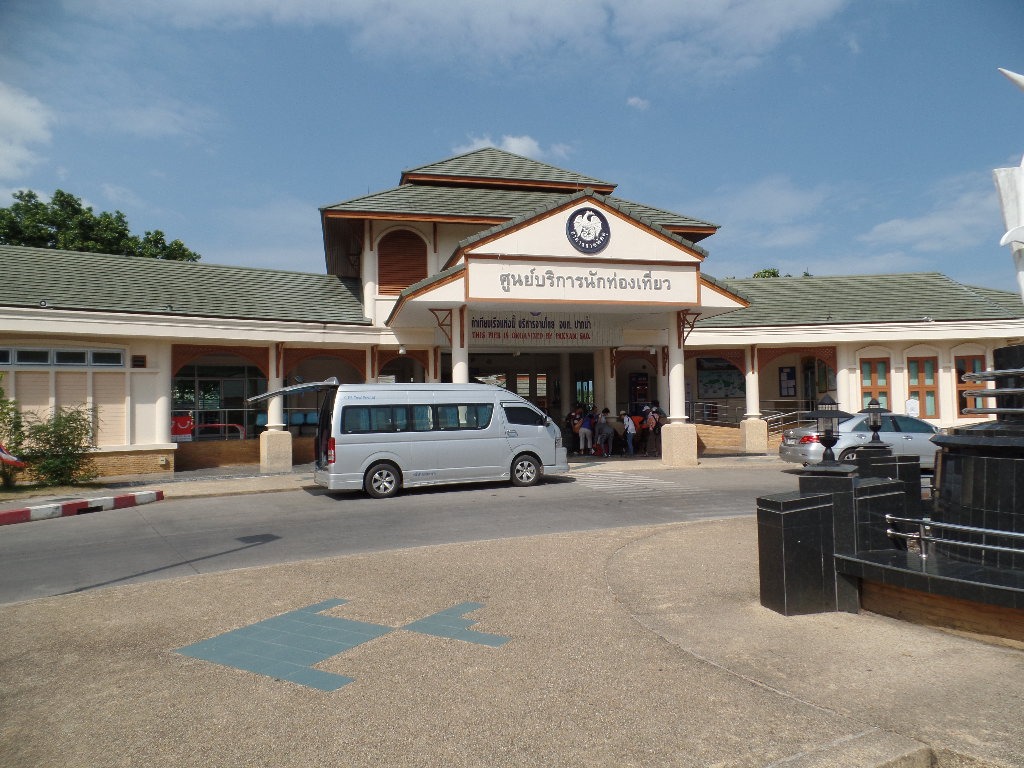
Pak Bara Pier is an important transportation and maritime traffic center located in the La-ngu district of Satun province. Here, visitors can join speedboat or ferry tours organized to Ko Lipe, Ko Tarutao, Ko Bulon Leh, and other nearby islands. The pier stands out with its busy services operating year-round and the presence of many travel agency ticket offices. The entrance fee is 20 THB, while those traveling with boats used for island departures benefit from check-in card and baggage tagging services.
There are waiting areas surrounded by restaurants, cafes, and small shops in the area. Many passengers rest here before ferry departures and especially gather on the beach to watch the sunset. In addition, transportation is available by minibus or shared taxi from Hat Yai, Trang, or Satun; for example, it takes about a two-hour journey from Hat Yai to reach the pier. Trips to destinations such as Tarutao, Lipe, or Khai Island are routine, making it a convenient and accessible departure point for tourists.
7. Satun National Museum
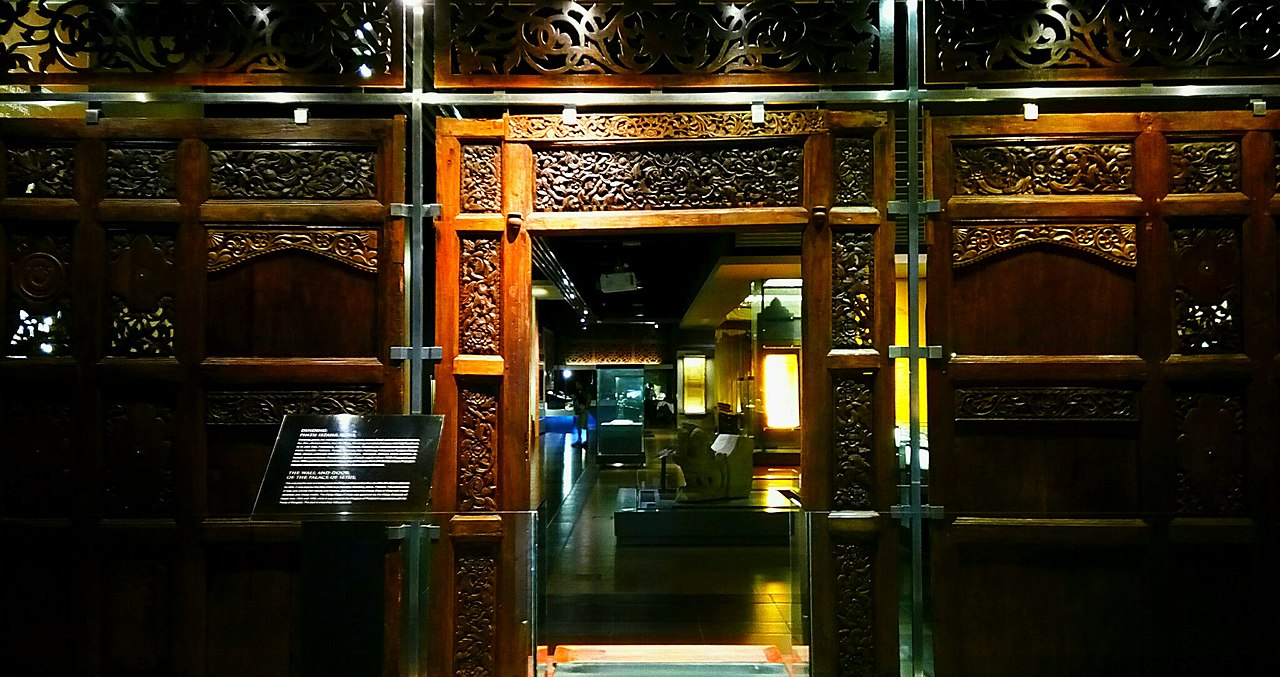
Satun National Museum is an elegant building known among locals as “Kuden Mansion,” built in 1902 by Phraya Phuminatphakdi (Tonku Baharudin Bin Tammangong) for King Rama V to stay during his visit to southern Thailand. However, the king never used the mansion, and the building later served as a governor’s residence, a Japanese army headquarters, a municipal office, and a school. In 2000, it was restored through a government effort and repurposed as a museum, officially registered as a “national historic building” by the Ministry of Foreign Affairs of Thailand.
The museum offers exhibits in six special rooms covering Satun’s geography, geology, prehistory, the heritage of the Setul Sultanate, and the results of the 1909 Anglo–Siam Treaty. In addition, the lifestyle of the Urak Lawoi sea nomads, traditional pottery, fishing culture, the belongings of the regional governor, and Thai-Muslim traditions are also displayed in detail. Through these rooms, visitors can deeply explore both the natural and cultural past of Satun.
It is noted that the museum is open Wednesday–Sunday from 09:00 to 16:00, with an entrance fee of 10 Baht for Thais and 30 Baht for foreigners. This historical building, which can be easily reached from Satun city center, is definitely a must-visit stop for both history enthusiasts and travelers interested in cultural richness.
8. Thale Ban National Park
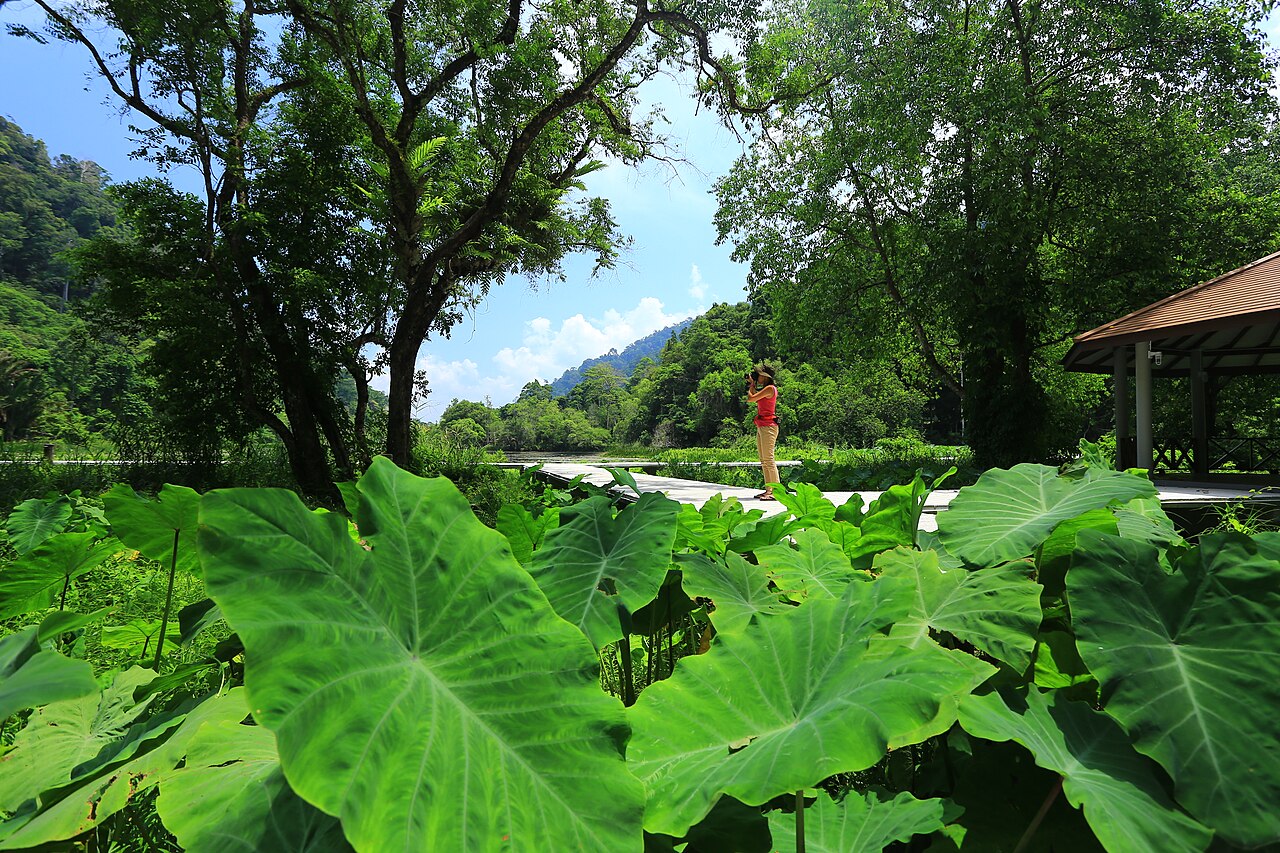
Thale Ban National Park is a protected area located near the Malaysian border in Satun, standing out with its natural wealth and biological diversity. Declared a national park in 1980, this region covers a large area of approximately 196 km². It is thought that Thale Ban Lake, located at the heart of the park, was formed in the past as a result of a landslide or an earthquake. This lake attracts visitors with its peaceful scenery surrounded by lush forests, while the limestone cliffs, caves, and waterfalls around it give the area a unique ecosystem.
The park is also very rich in wildlife; it is home to rare species such as the Malayan tapir, sun bear, leopard cat, as well as countless bird species. It is a popular destination especially for activities such as nature walks, bird watching, and relaxing by the lakeside. Thale Ban National Park has become a frequent stop for both Thai and foreign nature lovers, and with its calm atmosphere, has become one of Satun region’s must-see natural treasures.
9. Phu Pha Phet Cave
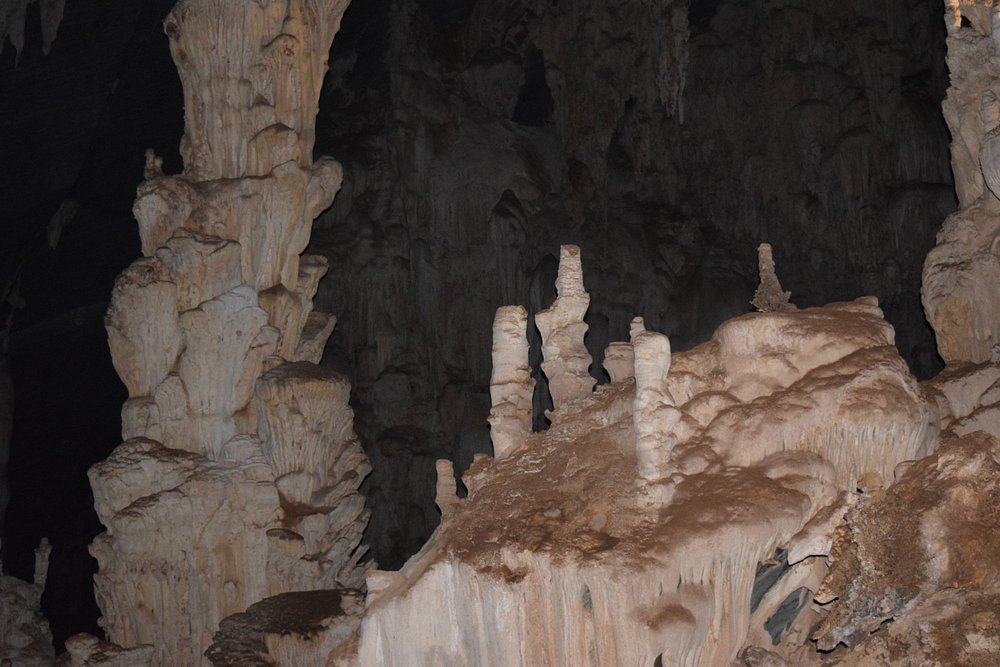
Phu Pha Phet Cave — also known as the “Diamond Mountain Cave” — is located in the Manang district of Satun Geopark and is one of the largest caves in Thailand and even the fourth largest in Southeast Asia. The entrance begins with a climb consisting of forest trails and about 300 steps. The cave system fascinates visitors with its large chambers, impressive stalactite and stalagmite formations, and areas where natural light creates a “diamond sparkle.” During the visit, tours can be taken along wooden platforms, and impressive geological structures can be observed in rooms reaching several hundred meters in size.
Phu Pha Phet Cave is also quite interesting in terms of fauna, showing biological diversity with bats living inside and rare mushroom species. Visitors generally explore inside the cave for 1.5–2.5 hours. Guided tours are recommended, as guides provide great advantages in interpreting the diversity found in the cave chambers and the stories related to some formations. Phu Pha Phet, with both its natural beauty and geological significance, is an unforgettable stop for Satun visitors.
10. Wang Sai Thong Waterfall

Wang Sai Thong Waterfall is a hidden paradise located within the Khao Banthat Wildlife Sanctuary in Satun’s La-ngu district, standing out with its layered limestone structure. With its seven-tiered cascading terraces forming natural pools, this waterfall gets its name from shining over golden limestone banks — in Thai, “Sai Thong” means “golden water.” The area, accessible by a natural walking trail, offers a peaceful nature break away from the crowds thanks to its easy accessibility.
The waterfall is also a popular rafting route for adventure enthusiasts. The rafting experience along an 8–10 km course accompanied by a guide is both exciting and enjoyable due to its fast-flowing water sections and its terraced structure with calm natural pools. The entrance fee is approximately 20 THB for adults and between 200–400 THB for foreigners, and it accepts visitors year-round. Nature walks, swimming, and peaceful picnic spots in the forest also make the waterfall an ideal escape point, especially during the hot months.
Wang Sai Thong, with its tranquil atmosphere, is a wonderful complement to Satun’s seaside routes, offering both a relaxing and adrenaline-filled nature experience.
11. La-ngu River and Mangrove Forests
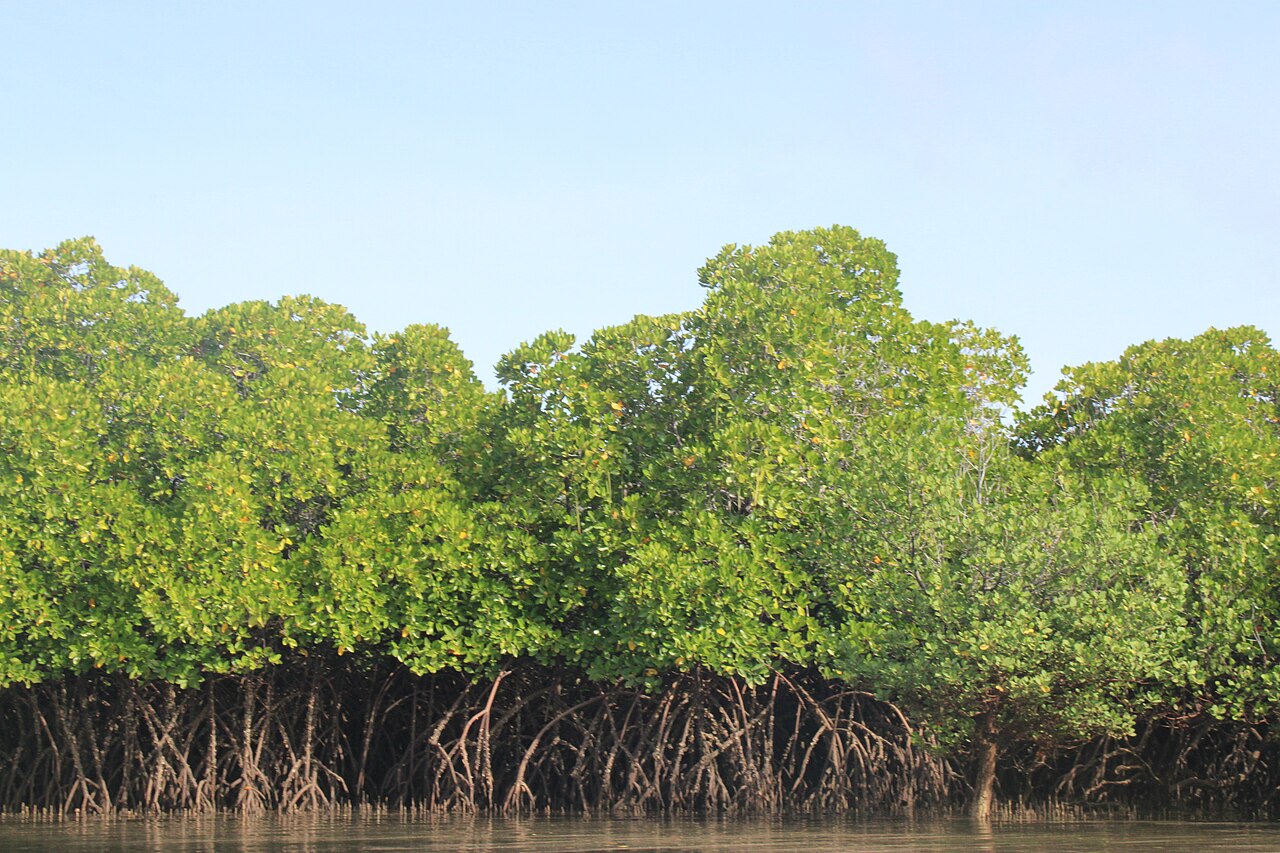
La-ngu River and the surrounding mangrove forests are among the most impressive areas reflecting Satun’s natural wealth. This river, which flows into the Andaman Sea, hosts a wide range of living species with its extensive mangrove ecosystem that has developed around it. The complex root systems of the mangrove trees regulate the tidal movements of the water while also providing a safe habitat for fish, shellfish, and birds. Especially in the morning hours, slowly moving through these wetlands by boat tours offers a great opportunity to observe local life and natural beauty.
The mangrove forests along the La-ngu River play a critical role not only with their biological diversity but also for local fishing and livelihoods. While local people fish along the river with long-tail boats, visitors can also see fish farms and examine crab cages. Thanks to the protective power of the mangroves, coastal erosion is also largely prevented. This area, which carries significant value both ecologically and culturally, is one of the must-see natural treasures for travelers exploring Satun.
12. Prasat Hin Phan Yot (Stone Castle)
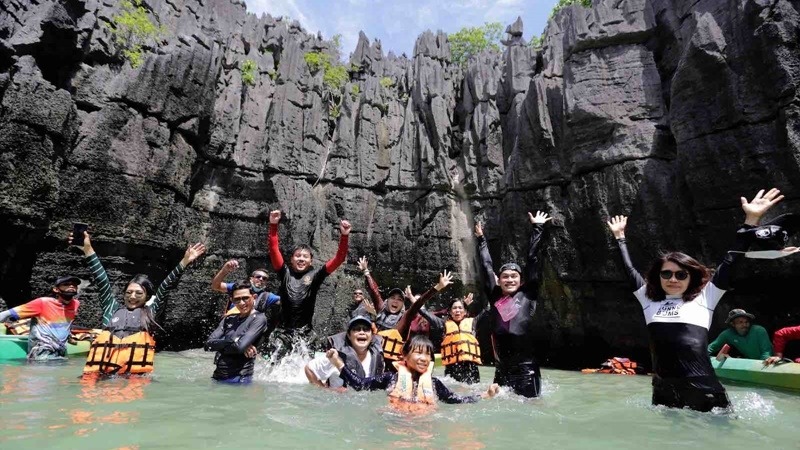
Prasat Hin Phan Yot, meaning “Stone Castle of a Thousand Peaks,” is an extraordinary natural formation located on Khao Yai Island near Pak Bara, within the Satun UNESCO Global Geopark. This limestone uplift, estimated to be 488 million years old, offers a unique karst landscape with narrow rocky passages and impressive positively oriented stalactite and stalagmite formations. Visitors generally reach the island by long-tail boats and enter the “castle” of a thousand peaks by kayak, experiencing a natural canyon adventure. This specific entry point hosts interesting geological details such as the “Half Heart Cave,” which opens into a large doline (sinkhole).
For nature and adventure-seeking travelers, Prasat Hin Phan Yot is a wonderful spot that can be visited with day-long excursions. Tours usually start from Pak Bara Pier; after reaching Khao Yai Island by boat, you continue inside by kayak with a guide. During this process, you can see both unique natural landscapes and fossil remains from the Paleozoic era. Entrance is free, and although it can be visited self-guided, the experience is further enriched thanks to guided ecotours organized by the local community and the Tourism Office. Prasat Hin Phan Yot, as the most magnificent representation of Satun’s dramatic nature, is definitely a destination that must be explored.
13. Satun Mosque
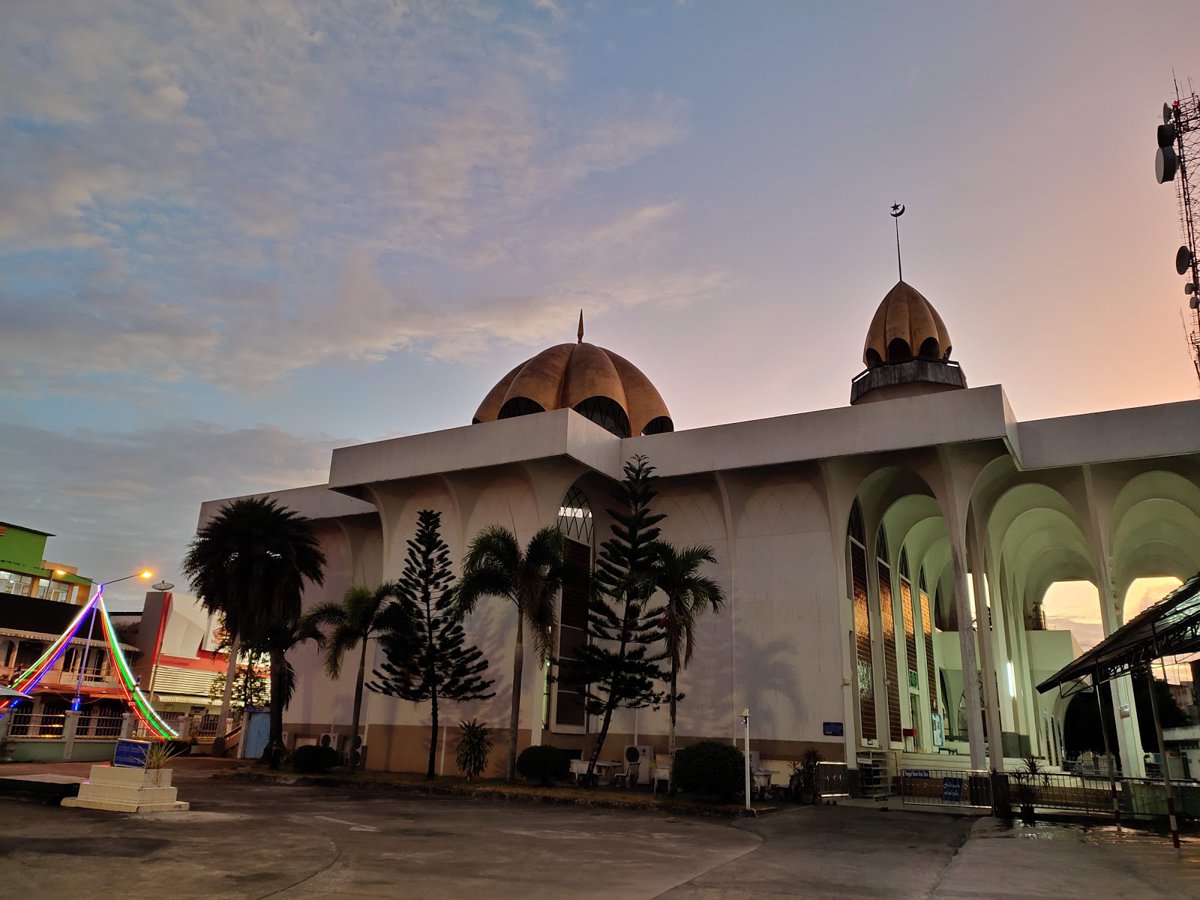
Satun Mosque (Masjid Mambang or Satun Central Mosque) is an impressive Islamic place of worship located in the city center at the corner of Satun Thani Road and Buriwanich Road. In the 1970s, it was rebuilt into a modern structure to replace an old mosque dating back to 1849. It stands out with its large dome, elegant minarets, and bright marble-colored glass decorations. Open to visitors, the mosque includes a spacious prayer hall on the ground floor, dome-level balconies overlooking the city, a library, and a women’s section.
Culturally, this mosque reflects the faith life and architectural approaches of Satun’s predominantly Muslim Malay-Thai community. The mosque architecture displayed in its surroundings offers a unique style blending modern Islamic lines from England with local traditions. The mosque is open throughout the day and provides photo opportunities and photogenic areas for visitors; especially with its clean toilets, spacious atmosphere, and the nearby night market, it makes an enjoyable stop.
Out of respect, dressing modestly and visiting outside of prayer hours will help you harmonize with the mosque’s spiritual and calm atmosphere. Combining worship and cultural observation experiences with its interior and exterior architectural details, this structure is an important stop for anyone exploring the center of Satun.
14. Satun Geopark
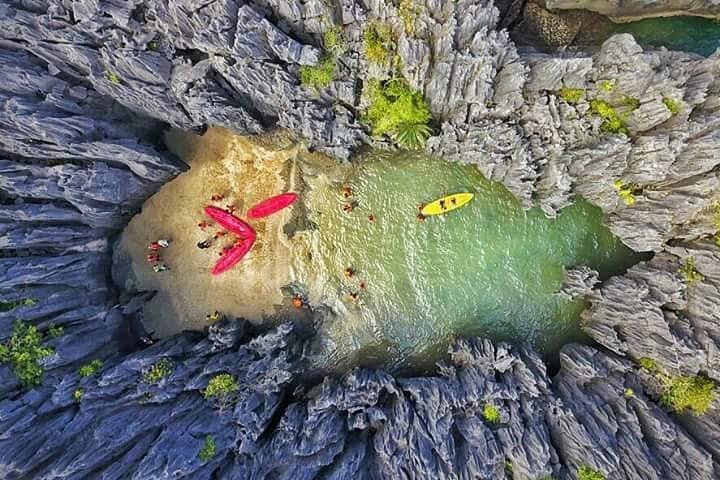
Satun Geopark is a natural and geological treasure approved by UNESCO and declared Thailand’s first Global Geopark in 2018. Covering an area of approximately 2,597 km², this region includes four districts: Thung Wa, La-ngu, Manang, and Satun city center. It features a unique geography shaped by karstic mountains, limestone hills, caves, waterfalls, forested areas, beaches, and small islands in the Andaman Sea.
Geologically, Satun Geopark is of worldwide importance with the oldest fossil deposits in Southeast Asia, Paleozoic era rock layers, and dramatic karst formations. One of its standout geosites, Prasat Hin Phan Yot (Stone Castle of a Thousand Peaks), offers visitors a unique experience with its natural bridge, sea cave, and hidden lagoon. In addition, tours organized with canoes and long-tail boats provide opportunities to explore both marine and terrestrial ecosystems.
Satun Geopark is an example not only with its natural beauty but also in terms of sustainable tourism, education, and local development. Agriculture, fishing, small businesses, and ecotourism are managed together in an integrated model, while local communities — including Buddhist, Muslim, Christian, and Urak Lawoi groups — maintain a strong relationship with this geographic heritage. With national and international support focusing on sustainability, environmental education, and geo-tourism, the Satun region is an impressive route for travelers, researchers, and nature lovers.
On this visit, you can experience nature, culture, and geology together through activities such as hiking trails, bird watching, canoe trips, cave explorations, fossil observations, and magnificent karst panoramas. Satun Geopark is like a living geological laboratory for both Thailand and Asia.
15. Tanyong Po Village

Tanyong Po Village is a peaceful seaside fishing village in Satun province. Its main attraction is Laem Tanyong Po (Tanyong Po Cape), where mangrove and marine ecosystems meet, known for its sparkling beaches, sunset views, and natural walking trails. The village is located about 10 km from Satun city center, and reaching the destination along the mangrove-lined route adds extra visual pleasure.
The local economy is largely based on fishing: restaurants in the village offer fresh seafood and allow visitors to choose live shrimp, crabs, and similar products. Over-water home-style accommodations such as “Satun Sea Balcony” provide guests with an unforgettable experience with peaceful sea views. In addition, the 3 km long San Lang Mangkon sandbar appears during low tide, adding a mystical atmosphere to the village.
Tanyong Po is a destination blended with natural beauty, cultural touches, and the sincerity of fishing life. With its quiet beach, mangroves, and local architecture, it stands out as a place where you can truly enjoy a relaxing day or a short getaway.
16. Ton Plio Waterfall

Ton Plio (Ton Pliu) Waterfall is an impressive waterfall located in Satun’s Khuan Don district, around the Thale Ban National Park area, and carries water year-round. With its main drop of approximately 40–60 meters, it forms a large pool and stands out with its terraced structure continuing in a total of 5–12 levels. The main layer, called “Ton Lam Phrao,” is especially known for its deep natural pools (“Wang Bo,” “Wang Toey”), offering unique shots for photography enthusiasts and nature lovers.
Access to the waterfall is relatively easy: from Hat Yai, you reach Thale Ban Park via Highway 4184, then continue about 3 km on a dirt road. The entrance fee is only 20 THB, and it is suitable for nature walks, picnics, and swimming in its cool waters. Local reviews also praise the atmosphere, describing it as “shady atmosphere, beautiful waterfall, very natural” and “many fish, relaxing to sit and watch,” reflecting its calm and peaceful environment. Ton Plio should definitely be added to the list as one of Satun’s highlights.
17. Khao To Phaya Wang Park
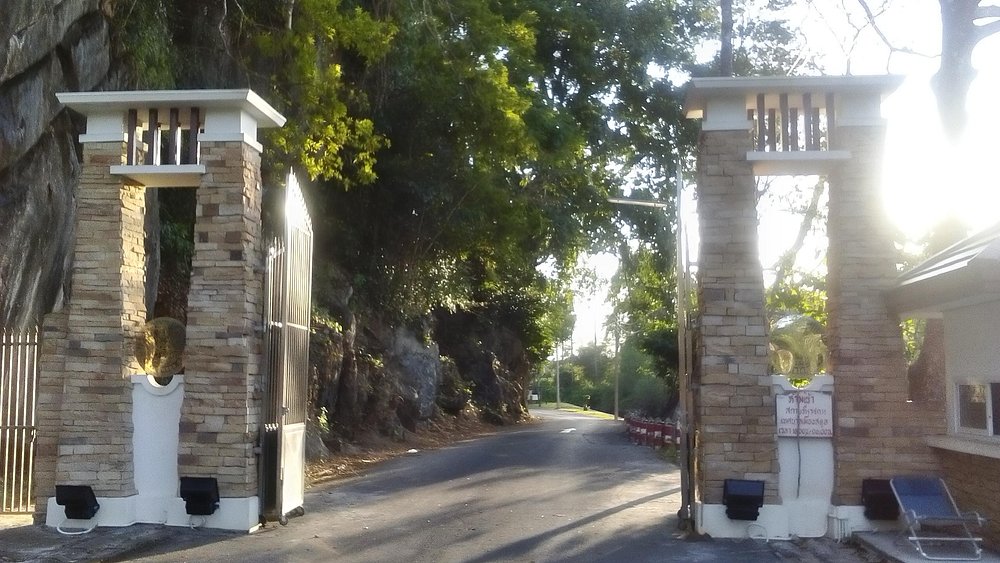
Khao To Phaya Wang Park is a peaceful public park located quite close to Satun city center. Surrounded by an impressive limestone hill, this area offers an environment reminiscent of exotic tropical forest. The park features a small flowing stream, well-maintained shaded walking paths, wooden seating areas, and some artificial waterfalls. Entrance to the park is free, and visitors can spend time immersed in nature, enjoying relaxing activities such as picnicking or walking in a cool environment.
Additionally, the park serves as a habitat for nearby monkeys, and visitors can feed these peaceful creatures with bananas purchased from local vendors. It is easily accessible from central points by motorcycle taxis (about 30 THB). Especially in the morning and evening hours, with its cool atmosphere and quietness, it is a rest and recreation spot for the local people.
Khao To Phaya Wang Park is an ideal stop if you are looking for a short and easily accessible nature break during your Satun trip, thanks to its proximity to the city center and its peaceful atmosphere.
18. Ko Bulon Leh Island
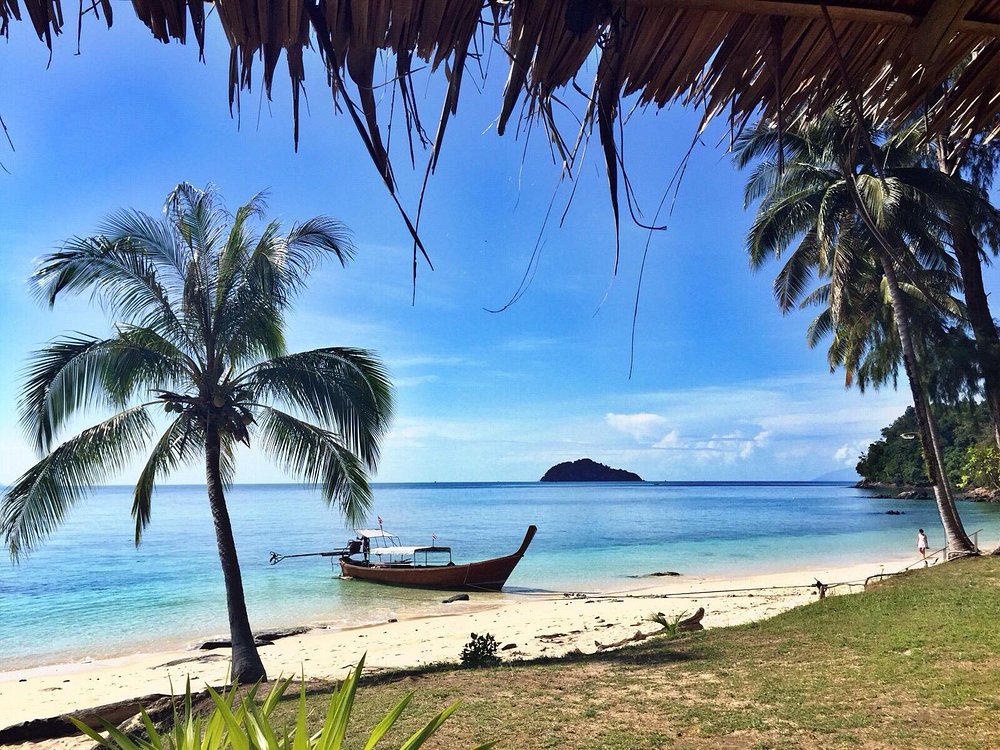
Ko Bulon Leh (or Ko Bulon Yai) is a peaceful and unspoiled island in Satun province, located within the Tarutao National Marine Park area — approximately 2 km × 1.2 km in size. The island hosts a small fishing community of Urak Lawoi sea nomads. The beaches are sandy and pristine, with a limited number of facilities focused on nature. Energy is generally provided only in the evenings and managed with solar panels during the day, which makes this place stand out for sustainable ecotourism.
Ko Bulon, a favorite spot for those seeking nature and tranquility, offers opportunities for snorkeling with its white sandy beaches, clear sea, and surrounding coral reefs. The island attracts nature enthusiasts with its walking trails, paths through the rainforest, and untouched nature; hikers often enjoy unique views from the island’s hilltops. It is also an ideal destination to explore the fishing village, observe local life, eat fresh seafood, and watch the sunset in a peaceful setting.
Ko Bulon Leh is a perfect getaway for those seeking authentic Scandinavian-like tranquility away from the noise of popular tourist islands.
19. Ko Khai Island
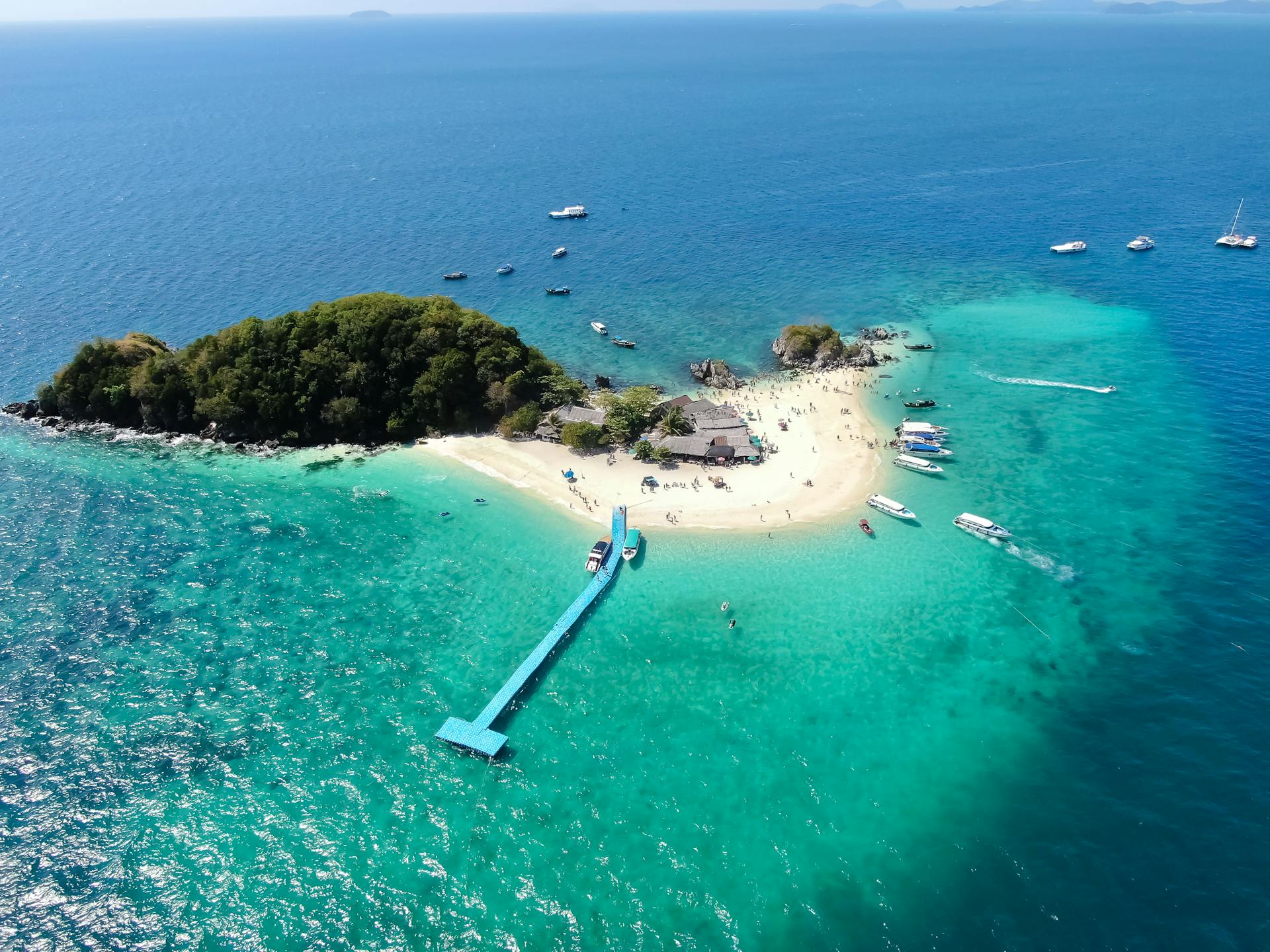
Ko Khai Island is a small, unspoiled island located between the Adang–Rawi Archipelago and Ko Tarutao within Tarutao National Marine Park. The island’s name means “Egg Island” in Thai, as it is known to be used as a nesting site for sea turtles. Its white sandy beaches, crystal-clear turquoise waters, and natural stone arch landscapes attract the interest of hikers and photography enthusiasts. These unique stone arches especially highlight the island’s natural beauty during low tide hours.
The island is one of the popular stops on day tours by boat. It offers suitable coral reefs and shallow, calm waters for snorkeling. Many tours depart from Pak Bara, making short stops on Ko Tarutao or Ko Adang before arriving at Ko Khai. Of course, it is an ideal option for those seeking a quiet and simple island experience away from the crowds; it stands out as a pristine paradise that should definitely be seen on Satun itineraries for travelers in search of nature, the sea, and peace.
20. Satun Fresh Market
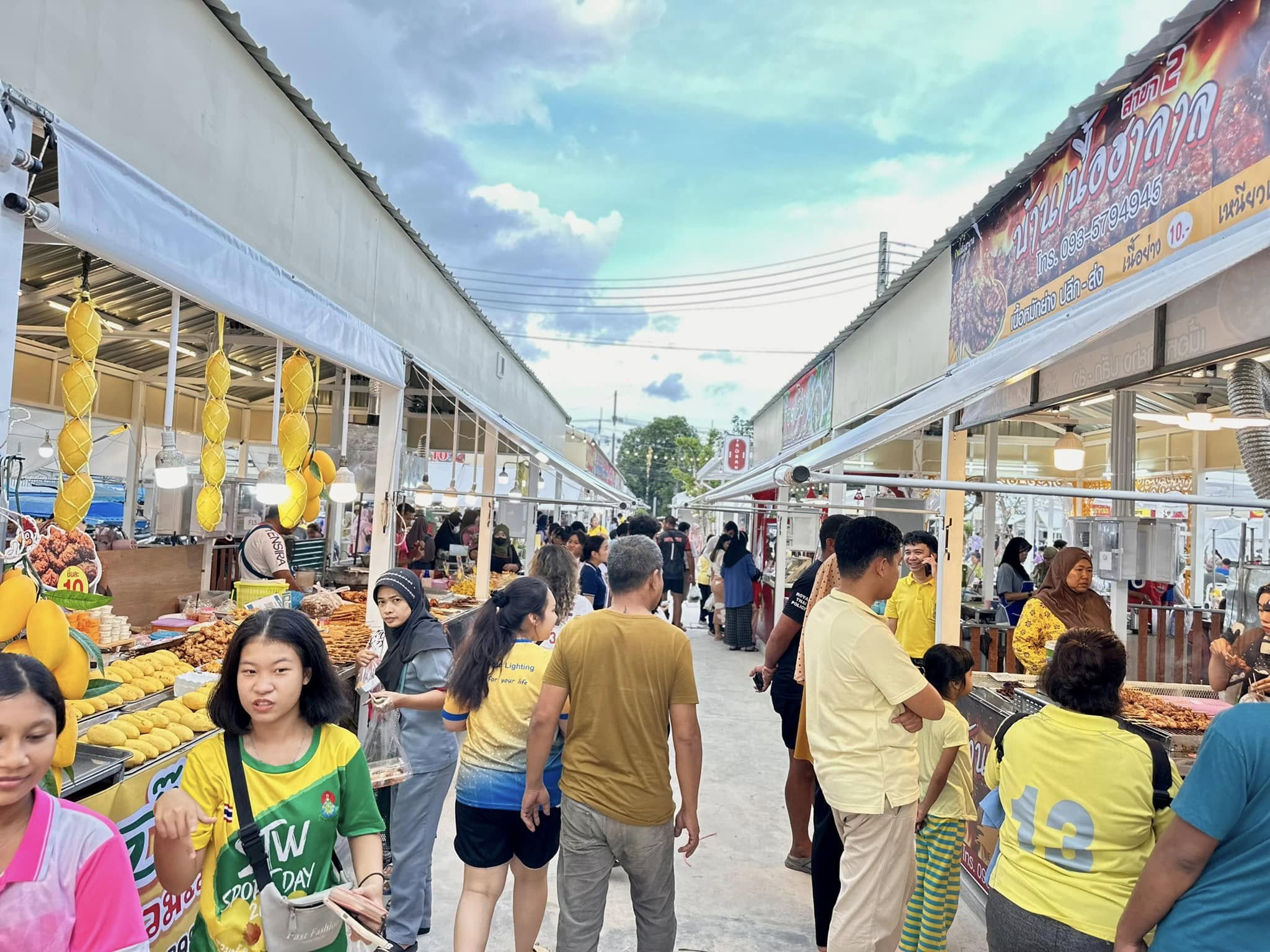
Satun Fresh Market is an ideal spot for those who want to get to know the daily life and cultural fabric of the city up close. Located in the city center of Satun, this market becomes lively from the early hours of the morning and attracts great interest from both locals and tourists. It is possible to find a wide variety of local products, especially fresh fruits, vegetables, fish, seafood, meat, and spices. In addition, tropical fruits, Thai-style ready-made dishes, and local desserts also hold an important place in the market.
Satun Fresh Market stands out not only for shopping but also as a social meeting point. While strolling here, you can chat with Satun’s local people and closely observe the daily life and culture in southern Thailand. The colorful stalls, bustling atmosphere, and vibrant texture of the market also provide a very attractive environment for those who want to take photographs. This market, which should definitely be visited by anyone coming to Satun, is perfect for experiencing an authentic taste of Thailand.
